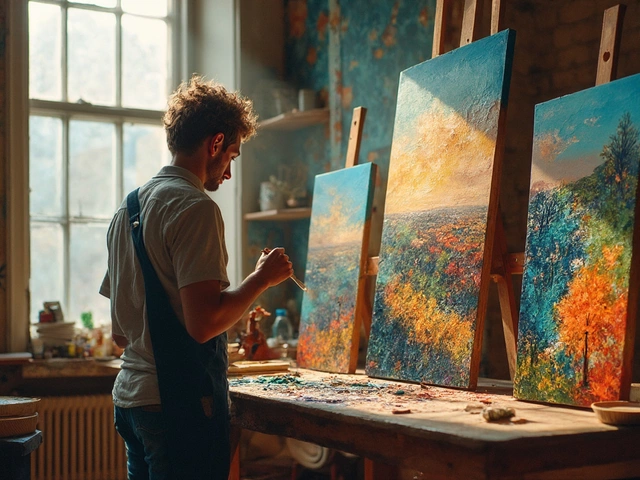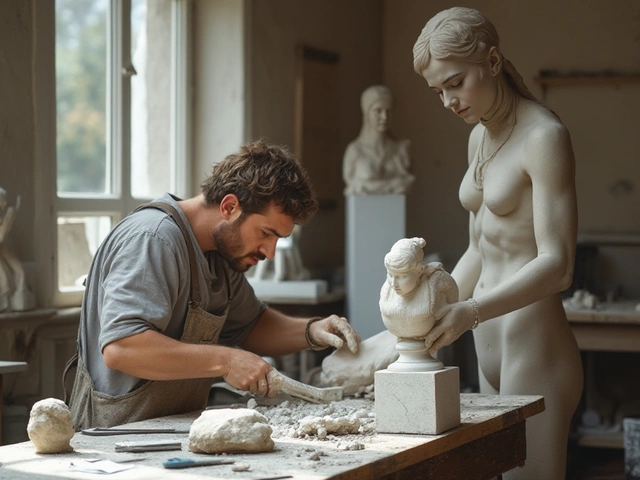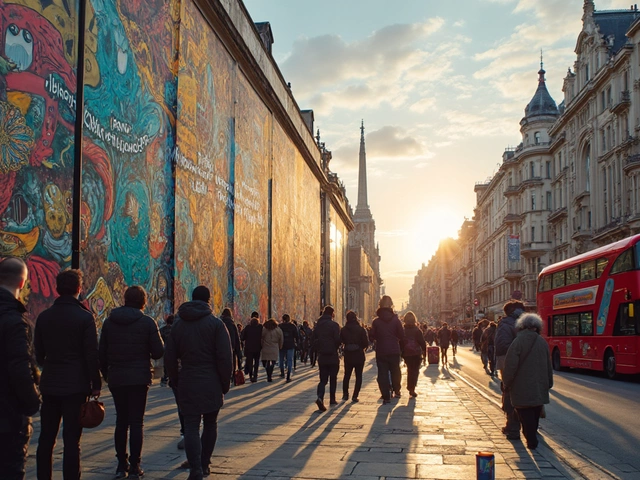How to Exhibit Art
When you’re ready how to exhibit art, the process of organizing and presenting your artwork in galleries, public spaces, or online shows. Also known as art exhibition planning, it requires clear goals, a solid timeline, and a strategy for reaching the right audience. Exhibition planning covers the steps from concept development to logistics is your first move, because how to exhibit art encompasses everything from selecting works to hiring staff. Next, Gallery selection means finding the venue that matches your style and target market influences visitor numbers, while Art marketing includes social media, press releases, and email outreach boosts visibility. Finally, a well‑crafted Pricing strategy sets realistic prices based on size, medium, and market demand determines whether you walk away with sales or just exposure. In short, exhibiting art requires careful planning, gallery selection influences audience reach, effective art marketing boosts visitor numbers, and pricing strategy determines sales potential.
Key Steps for a Successful Show
Start with a clear concept: ask yourself what story you want to tell and which pieces fit that narrative. Write a brief artist statement—this acts like a personal handshake with the viewer and helps curators understand your intent. Once the concept is set, create a timeline that includes deadlines for artwork completion, framing, transport, and insurance. When it comes to choosing a venue, visit several galleries, check their foot traffic, and ask about their audience demographics; a space that attracts collectors will differ from a community center that welcomes families. Logistics matter more than you think. Pack your works in sturdy crates, label each box, and keep an inventory sheet. Secure insurance that covers loss or damage during transit; most galleries require proof before they display your pieces. Lighting is another hidden hero—good lighting enhances texture and color, while poor lighting can hide details. Talk to the venue about their lighting options and ask for a test run before the opening night. Marketing starts weeks before the opening. Build a simple email list of friends, past buyers, and local art lovers. Draft a press release that mentions the exhibition theme, dates, and any special events like artist talks. Share teaser images on Instagram and Facebook, using hashtags that relate to your style and location. Consider a countdown to create buzz. On opening night, have a sign‑in sheet, offer small refreshments, and be ready to talk about each piece; personal interaction often turns a casual visitor into a buyer. Pricing should reflect the time, materials, and market research. Look at recent sales of similar works in local galleries and online platforms like Etsy. Set a range—some pieces can be low‑priced to attract first‑time buyers, while larger, more complex works can carry a premium. Be transparent about payment methods and offer receipts for tax purposes. If you’re unsure, ask the gallery for their commission rates and factor those into your final price. Finally, evaluate the exhibition’s success. Count visitors, gather feedback, and note which pieces sold or attracted the most interest. Use this data to refine your next show’s concept, marketing, and pricing. The cycle of planning, executing, and reviewing turns each exhibition into a learning experience that brings you closer to your artistic and financial goals.
Below you’ll find a curated collection of articles that walk you through every part of the process—from preparing your artwork and writing compelling artist statements to negotiating contracts and measuring success. Dive in and turn your next exhibition into a standout event.

A step‑by‑step guide that shows artists how to prepare, research, submit, and secure a spot in an art exhibition, with tips, checklists, and common pitfalls.





